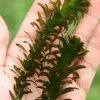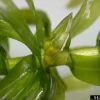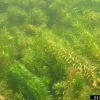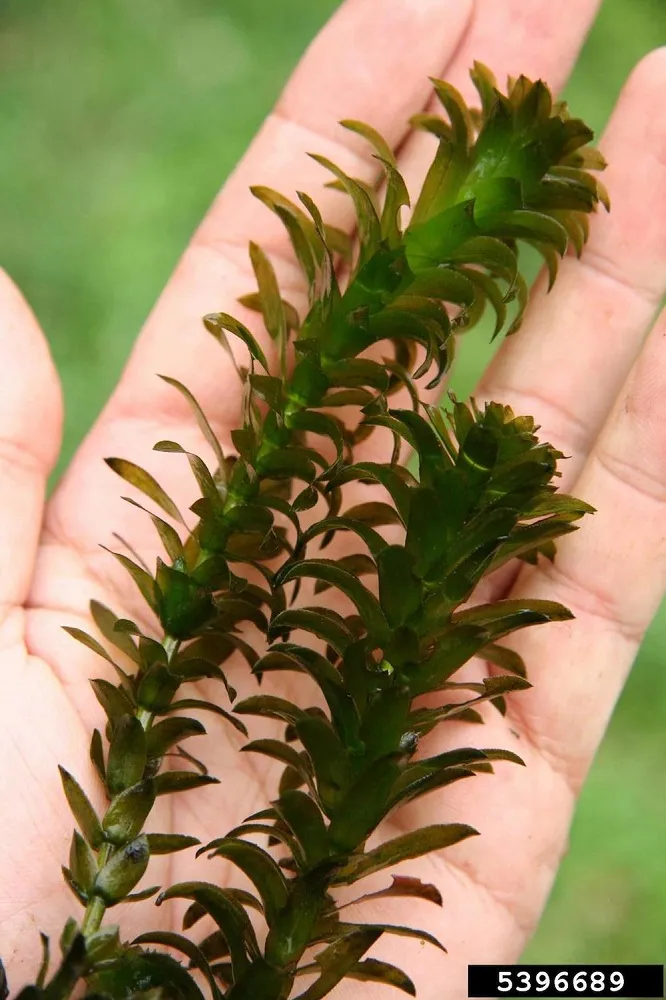X
CONTACT US
Great Lakes Center, SAMC 319
SUNY Buffalo State
1300 Elmwood Ave., Buffalo, NY 14222
wnyprism@buffalostate.edu
(716) 878.4708
SUBSCRIBE TO LISTSERV
FOLLOW US
CONTACT
Brazilian Elodea
COMMON NAME:
Brazilian elodeaSCIENTIFIC NAME:
Egeria densaORIGIN:
South AmericaDESCRIPTION:
Brazilian elodea is a submerged perennial that looks similar to american waterweed (Elodea canadensis), a common native aquatic plant. Brazilian elodea has finely-toothed leaves that are bright green, bushy, and are usually arranged in whorls of four around the stem. The plant has round stems that can grow in water up to 20 ft. deep and often branches near the surface. It reproduces via plant fragmentation.HABITAT:
Brazilian elodea grows in lakes, rivers and springs, and is found in both still and flowing waters. It is commonly sold as an aquarium plant.THREAT:
This plant forms dense monotypic stands that can cover hundreds of acres and can persist until the fall. Mats can displace native vegetation, restrict water movement and interfere with recreational uses.MANAGEMENT:
Control of this plant is very difficult and costly. Studies show that brazilian elodea can outcompete eurasian watermilfoil, which is already a widespread invasive species in western New York. Prevention is the most effective control.
WNY PRISM PRIORITY:
Tier 2 - Eradication
Invasive Species Priorities - Tier Chart
Brazilian elodea is a prohibited species in New York State - for more information on Prohibited and Regulated Species, visit http://www.dec.ny.gov/animals/99141.html.
ADDITIONAL RESOURCES:
Native Alternatives
Southern naiad (Najas guadalupensis)
American elodea/waterweed (Elodea sp.) (E. canadensis, E. nuttallii)
Coontail (Ceratophyllm demersum)
NYS Prohibited and Regulated Species - Part 575:
PATHWAYS OF INVASION:
REGIONAL DISTRIBUTION:
Early Detection
MAP (via iMapInvasives):
This map shows confirmed observations (green points) submitted to the NYS Invasive Species Database. Absence of data does not necessarily mean absence of the species at that site, but that it has not been reported there. For more information, please visit iMapInvasives.





